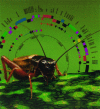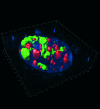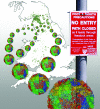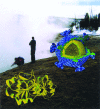Virology in the 21st century
- PMID: 19297504
- PMCID: PMC2681991
- DOI: 10.1128/JVI.00151-09
Virology in the 21st century
Figures







Publication types
MeSH terms
Substances
Grants and funding
LinkOut - more resources
Full Text Sources

